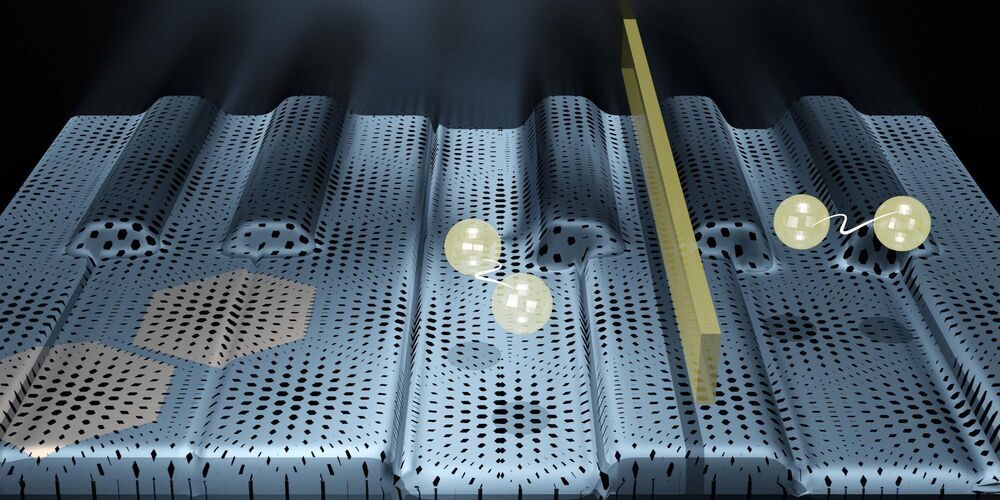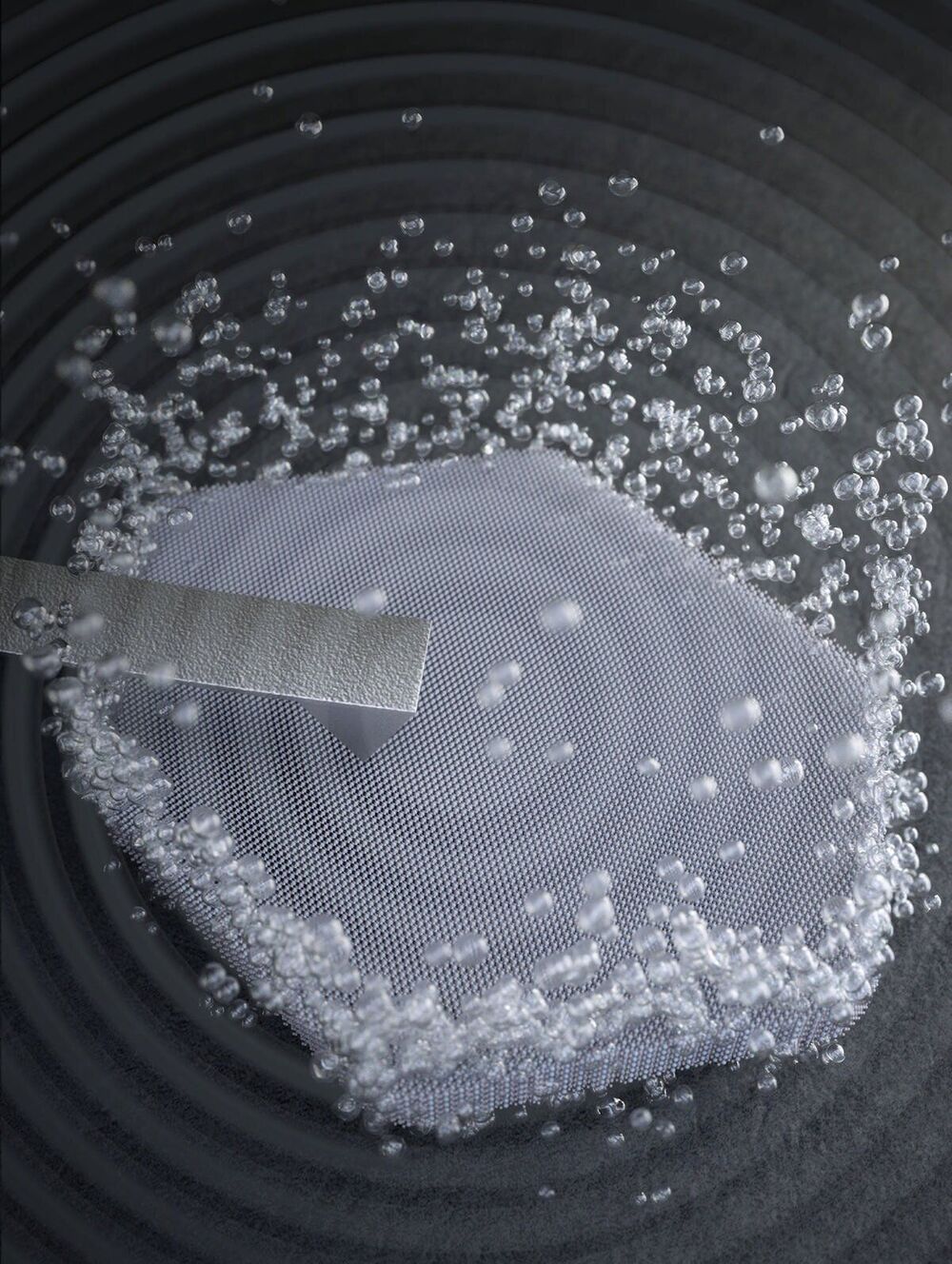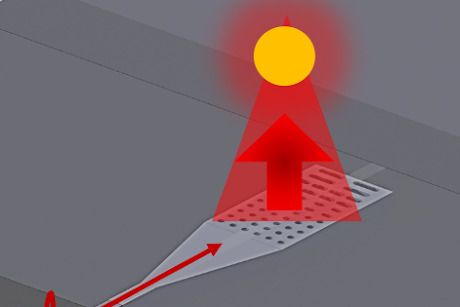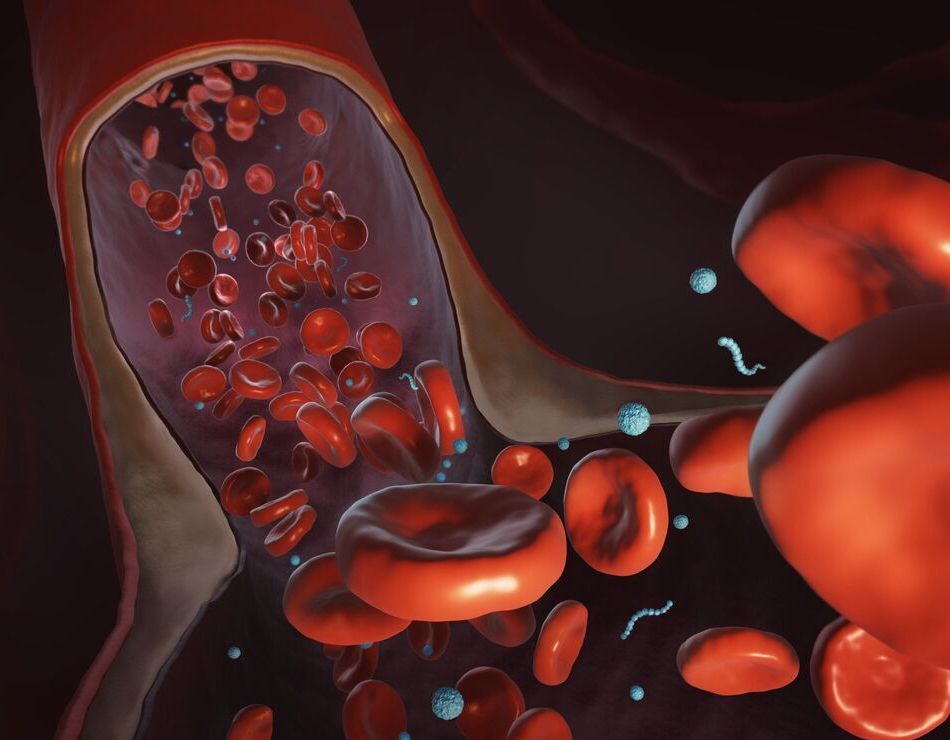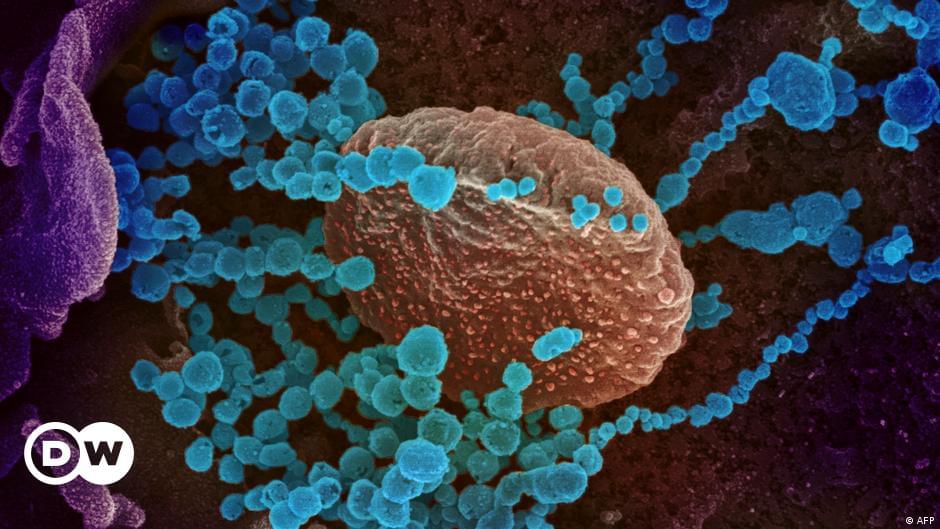The Duke team tested the nanoparticle vaccine by injecting it into macaque monkeys, finding that it provides total protection against SARS-CoV-2, the coronavirus that causes COVID-19. Additionally, the vaccine created antibodies against SARS, bat coronaviruses and the more contagious variants of the virus that causes COVID-19.
May 17—Duke University researchers are developing a vaccine that could provide protection against multiple kinds of coronaviruses, according to a study published last week in Nature, a leading scientific journal. The vaccine, which was developed at Duke’s Human Vaccine Institute, uses nanoparticles to show the immune system 24 copies of a specific part of the virus’ spike protein that attaches to human cells. An additional substance promotes the creation of antibodies that attack that part of the virus.


